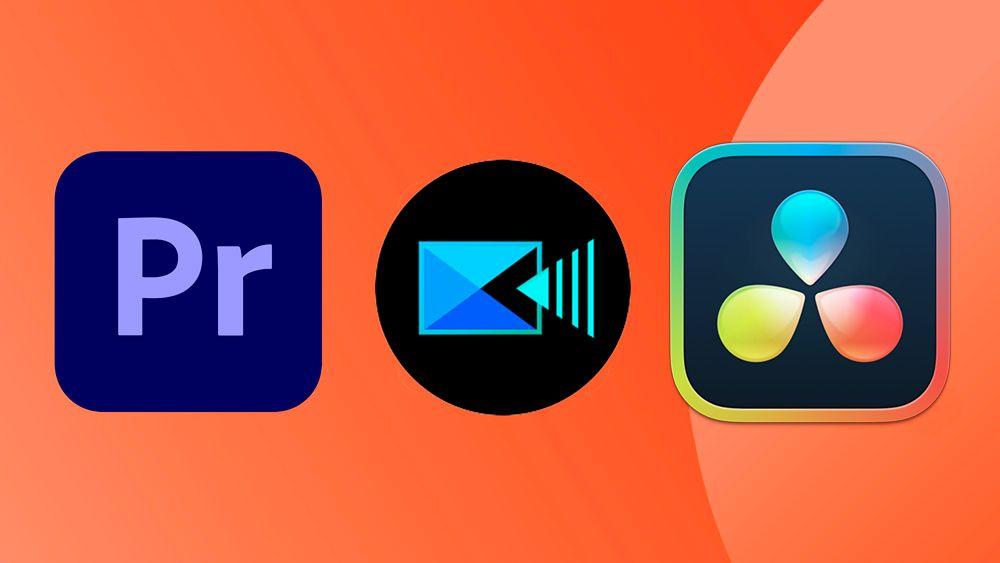-
Fil d’actualités
- EXPLORER
-
Pages
-
Groupes
-
Blogs
-
Forums
The Creative Engine: A Deep Dive into the Photo Editing Software Industry

The Photo Editing Software industry is a dynamic and highly innovative sector that sits at the very heart of the global creative economy. It is an industry dedicated to providing the digital tools that empower both professionals and everyday users to manipulate and perfect the visual language of our time: the digital photograph. The industry's essential role in everything from professional advertising to personal social media is a key reason for its projected growth to a market valuation of USD 37.25 billion by 2035. This expansion, advancing at a strong CAGR of 10.15% during the 2025-2035 forecast period, underscores the industry's success in making powerful creative tools more accessible, more intelligent, and more integral to our daily digital lives.
A defining characteristic of the photo editing software industry is its deep and symbiotic relationship with the hardware industry, particularly with camera and smartphone manufacturers. The continuous improvement in the quality of digital cameras and smartphone sensors creates a demand for more powerful editing software that can handle larger, higher-resolution files and process more sophisticated RAW image data. In turn, the amazing capabilities of modern editing software—such as the ability to recover detail from shadows or to seamlessly remove unwanted objects—encourages photographers to push the limits of their hardware. This co-evolution, where better cameras demand better software and better software unlocks the potential of better cameras, is a key dynamic of the industry.
The industry's workforce is a unique blend of highly technical software engineers and deeply creative artists and designers. The teams that build this software include world-class experts in computer vision, color science, and, increasingly, artificial intelligence and machine learning. They are responsible for developing the complex algorithms that power everything from a simple brightness slider to a sophisticated AI-powered sky replacement tool. These engineers work closely with a team of user experience (UX) designers and professional photographers to ensure that these powerful tools are presented in a way that is intuitive and that aligns with a creative professional's real-world workflow, a critical factor for a tool's adoption and success.
The industry also faces the ongoing and complex challenge of navigating the ethical implications of image manipulation. As editing tools become more powerful, particularly with the advent of generative AI, the line between enhancing a photo and creating a "fake" or misleading image becomes increasingly blurred. This has led to a major societal debate about authenticity, body image (in the context of portrait retouching), and the potential for "deepfake" technology to be used for malicious purposes. The leading companies in the industry are actively grappling with these issues, working to build in ethical guardrails, to develop standards for indicating when an image has been AI-generated, and to promote the responsible use of their powerful creative tools.
Explore Our Latest Trending Reports:
Terahertz Radiation Device Market
Testing, Inspection and Certification in Consumer Goods and Retail Market
- Art
- Causes
- Crafts
- Dance
- Drinks
- Film
- Fitness
- Food
- Jeux
- Gardening
- Health
- Domicile
- Literature
- Music
- Networking
- Autre
- Party
- Religion
- Shopping
- Sports
- Theater
- Wellness

